Situated on the steep hill of Espinho, parish of Tenões, municipality and district of Braga, is the Santuário do Bom Jesus, better known as the Santuário do Bom Jesus.
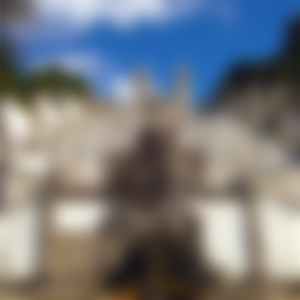
The Sanctuary is composed of a stairway, which represents the Sacred Way of the Bom Jesus and rises to the church. The architectural complex also includes Bom Jesus Park (a forest area), Bom Jesus Lift (a funicular) and some hotels.
This architectural ensemble later inspired the construction of similar ones, such as the Sanctuary of Our Lady of Remedies (Lamego, Portugal) and the Santuário do Bom Jesus de Matosinhos (Minas Gerais, Brazil). It is currently one of the most important Catholic shrines at the national level.
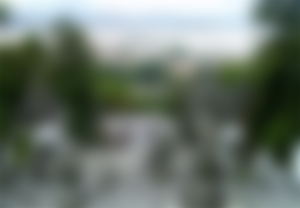
The Santuário de Bom Jesus of Braga was built in 1494, at the initiative of Archbishop D.Jorge da Costa, who intended to strengthen the faith of the devotees of the diocese of Braga through a sacred ascension that represented the Passion of Christ and his death.
Over the centuries, the Sanctuary architectural ensemble underwent several renovations until, in 1723, at the initiative of Archbishop D. Rodrigo de Moura Teles, major remodeling works were made that made this shrine the strongest expression of eighteenth-century Catholicism.
The purpose of this reshuffle was to convey to the believer the despoiling of the world and the condemnation of the illusions created by the truths conveyed by the senses, thus proposing that, by ascending the stairway, the believer takes an upward path towards the Truth transmitted by the practice of virtues fundamental.
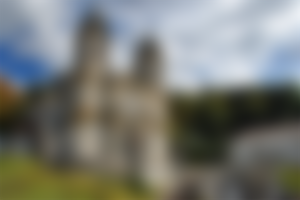
Climbing the stairway, the believer remembers and imitates the steps of Christ's martyrdom, thus fulfilling the resurrection of the believer who then leads him to redemption and purification.
The works carried out from 1723 included the construction of the portico, the eight chapels, the ramps and fountains, all of which are Baroque style elements. Thus, the chapels are decorated with scenes that evoke the life and Passion of Christ, and in front of each of these chapels there is a fountain dedicated to a pagan god, contrasting the Christian truth with the pagan lie.

The first stage of the Santuário do Bom Jesus of Braga is made through a staircase leading to the Terreiro das Chagas, where later two new chapels were built, also featuring other scenes from Calvary of Christ.
D.Rodrigo de Moura also had the Five Senses Staircase built, whose route is made to the zigzags alluding to the human body. There are five sources representing the five senses, in contrast to each or all of the senses sculptures representing passages from the Old Testament. This whole set of the Five Senses Staircase aims to represent the transience of the body, as well as the fragility of the knowledge that emanates from it, opposing to them the divine truth that allows a detachment from the material world.

Among the buildings ordered by D.Rodrigo was also a baroque church, in which some of the most illustrious Braga artists of the time would have worked, but it became too small for the high number of pilgrims who attended it later. had to be demolished to build a larger one.
The works of the new church, one of the first of neoclassical style in Portugal, began in 1784, being completed only in 1811, having as its architect the architect Carlos Amarante, who also executed the Staircase of Virtues and the churchyard that precedes the church.
Thus, the current set of the Santuário do Bom Jesus presents a double architectural space of Baroque and neoclassical styles, which, although distinct, combine harmoniously, making it one of the most beautiful national shrines.



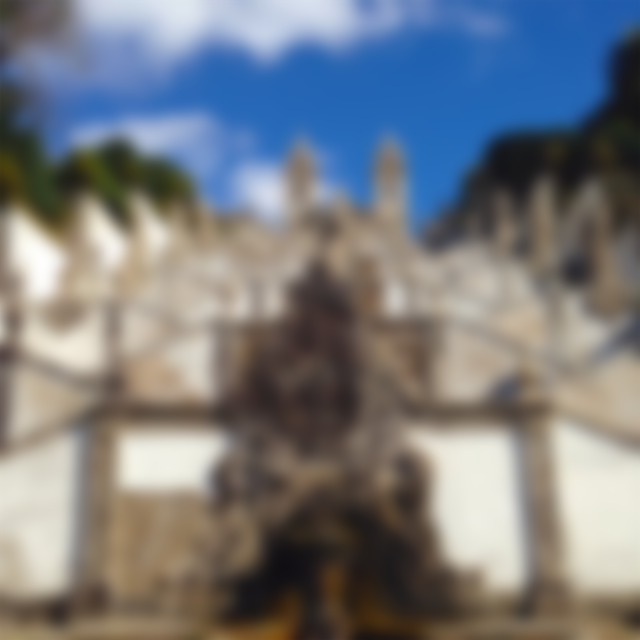
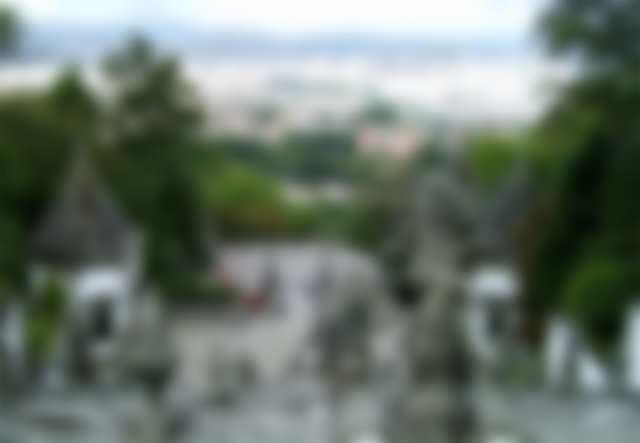
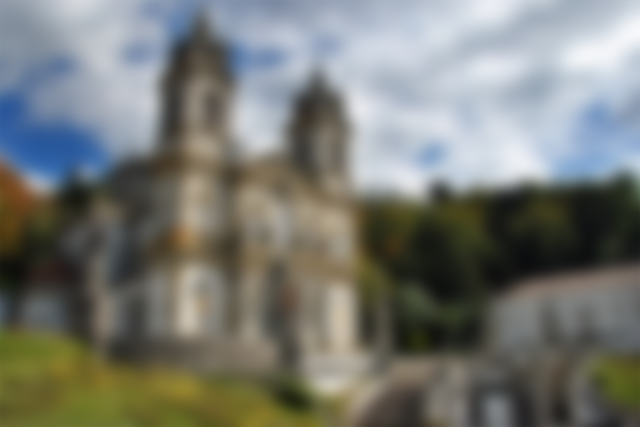

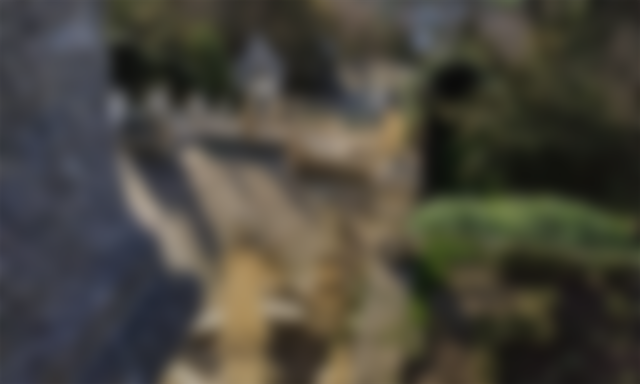
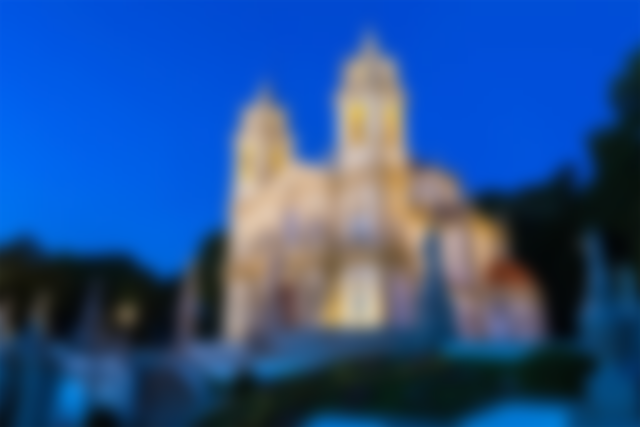


Beautiful!